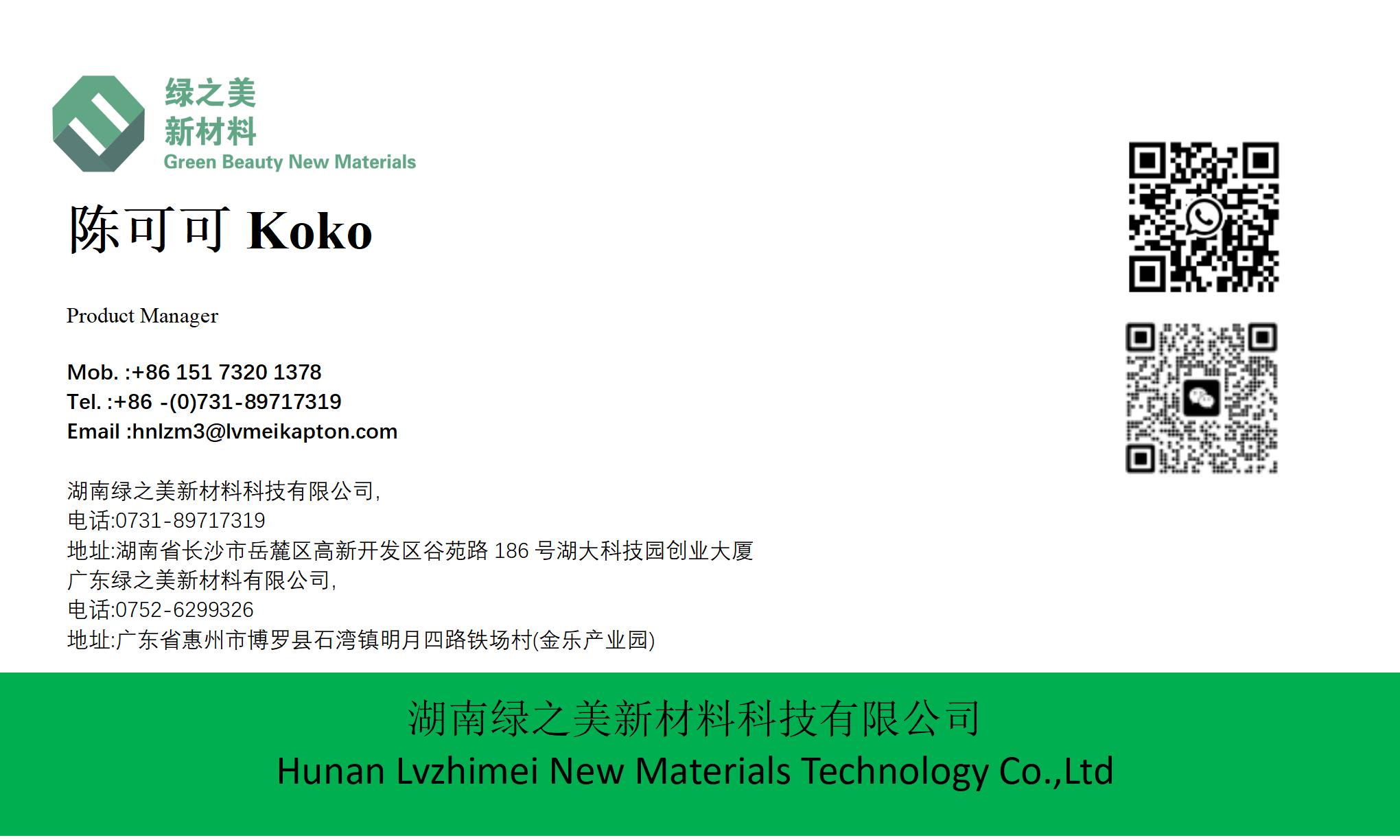



Why is Heat Dissipation a Major Challenge in 5G High-Frequency Antenna Packaging | https://www.lvmeikapton.com/
The emergence of 5G technology has revolutionized the way we communicate and access information. However, the high-frequency operation of 5G antennas introduces significant challenges, particularly in the area of heat dissipation. This article examines why heat dissipation is a major challenge in 5G high-frequency antenna packaging and its implications.
5G high-frequency antennas operate at higher frequencies and transmit more data than their predecessors, resulting in increased power consumption and heat generation. Excessive heat can lead to several issues, including performance degradation, reduced signal quality, and even component failure. Therefore, effective heat dissipation is essential to ensure the reliable and efficient operation of 5G antennas.
One of the main reasons heat dissipation is a challenge is the compact design of 5G antenna packaging. The need for smaller and more integrated devices limits the space available for heat dissipation mechanisms. Additionally, the high-density integration of electronic components exacerbates the heat generation problem.
To address this challenge, materials such as polyimide tape (kapton tape) and gold finger electronics are employed. Polyimide tape offers high thermal conductivity and stability, enabling efficient heat transfer from the antenna components. Gold finger electronics provide reliable electrical connections and can withstand high temperatures, ensuring the overall performance of the packaging system.
In conclusion, heat dissipation is a major challenge in 5G high-frequency antenna packaging due to the high power consumption and compact design requirements. By utilizing advanced materials like PI tape and gold finger electronics, engineers can develop effective heat management solutions, enabling the successful implementation of 5G technology. For more insights into heat dissipation solutions, visit https://www.lvmeikapton.com/.





